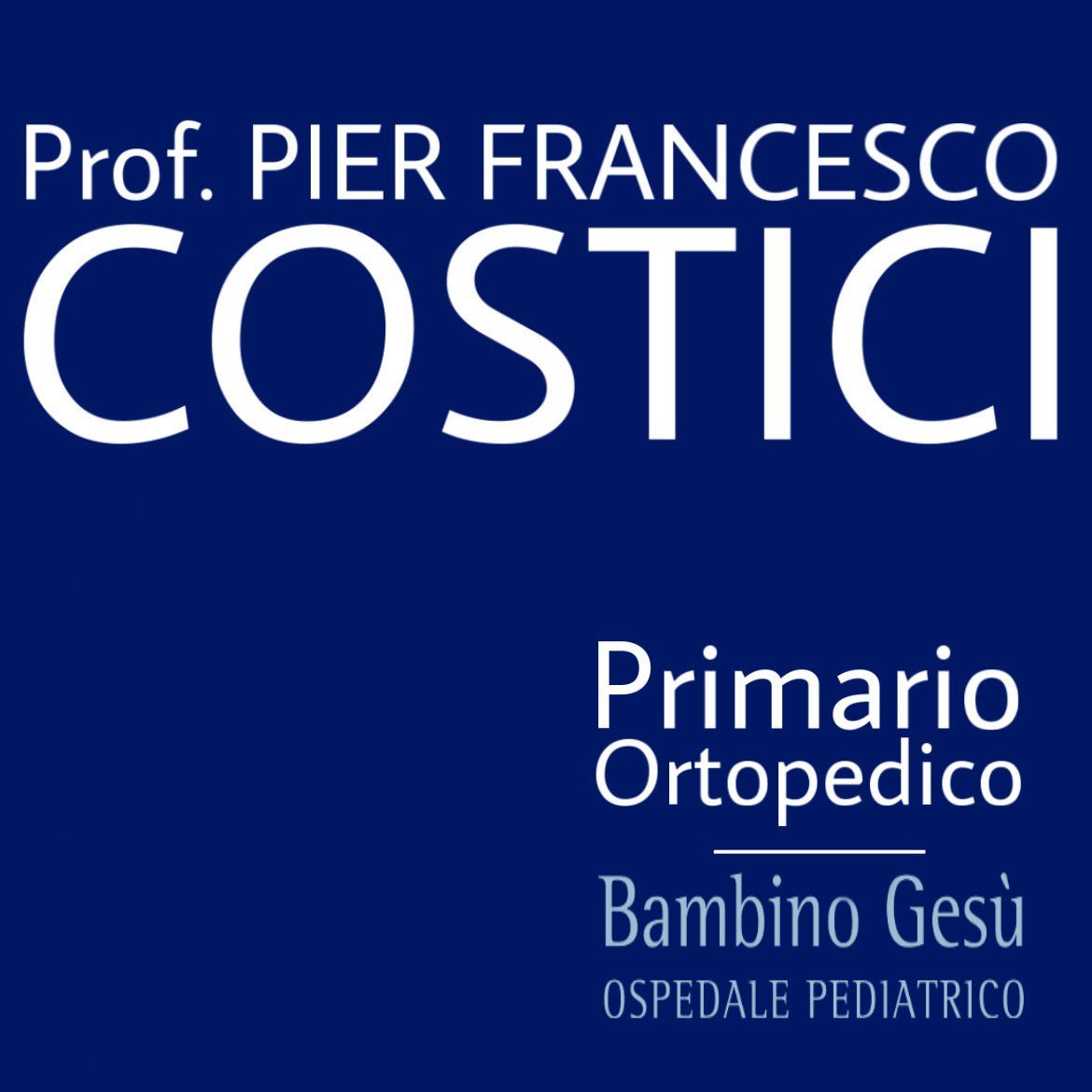Baclofen Pump This type of implant significantly reduces the risk of baclofen side effects by continuously administering it to patients with cerebral palsy
WHAT IS IT
In the treatment of severe infantile cerebral palsy, the use of intrathecal therapy, directly into the cerebrospinal fluid, with baclofen through an infusion pump (ITB) is increasingly common. Spasticity is a prominent symptom in infantile cerebral palsy, significantly impacting the patient's functionality, leading to distorted postures, orthopedic deformities, pain, and difficulties in daily hygiene and rehabilitative care.
ADVANTAGES
Advantages of this therapy include reversibility, minimal side effects, and the ability to easily adjust drug dosage externally using a dedicated programmer. Intrathecal baclofen spreads from the cerebrospinal fluid to the superficial layers of the spinal cord, binding to GABA receptors (gamma-aminobutyric acid, a neurotransmitter responsible for muscle tone regulation), inhibiting excitatory neurotransmitter release, thus reducing spasticity. Intrathecal baclofen can improve patient movement range, facilitate mobility, reduce energy consumption, and alleviate spasticity-induced pain. The therapy is recommended for severely neurologically impaired patients to reduce overall stiffness and enhance overall functions.
PROCEDURE
The intrathecal baclofen therapy uses a programmable pump and a catheter surgically implanted to release the drug. Baclofen is delivered directly into the intrathecal space where the spinal cord is suspended in cerebrospinal fluid. The advantage of pump treatment is continuous drug administration at a significantly lower dosage than oral baclofen, minimizing side effects from oral tablet therapy.
IMPLANTATION PROCESS
The pump is a programmable device surgically placed in an abdominal pocket, typically beneath the muscle fascia to prevent skin pressure sores. It contains an internal battery-powered motor and a reservoir delivering the drug into the cerebrospinal fluid through a silicone catheter. The daily delivery rate is set using an external programmer. The pump is recharged in an outpatient setting through a painless transcutaneous injection. The duration of recharging depends on the amount of drug delivered, and the pump usually requires replacement after about six years due to battery depletion.
PRE-IMPLANTATION TESTS
Before implanting the pump, a common practice is conducting a test involving a lumbar puncture in the subarachnoid space to administer a small amount of baclofen. This verifies spasticity reduction and, crucially, rules out adverse reactions. Given the risk of adverse reactions, the test is performed in an operating room.
SURGICAL PROCEDURE
The surgical technique involves a lumbar skin incision, catheter introduction under fluoroscopic control through a guiding needle into the subarachnoid space (liquor surrounding the spinal cord), suturing the catheter, and anchoring it to prevent movement. A tunnel is created to run the catheter anteriorly to the abdomen, where it connects to the pump. The pump is inserted into a pocket just below the skin or beneath a fascia in the lower abdomen.
COMPLICATIONS
Possible complications include catheter disconnection from the pump, pump malfunction, infection, cerebrospinal fluid leakage, and overdose-related disorders. Most of these complications require additional surgical interventions.
EFFICACY
Intrathecal baclofen pump therapy has been employed for many years to treat spasticity. It has demonstrated long-term effectiveness, also reducing the need for corrective orthopedic interventions. The success of this therapy relies heavily on careful patient selection and the preparation of families and healthcare providers for the treatment program.
Written by: Pier Francesco Costici - Orthopedics Operational Unit in collaboration with: Bambino Gesù Institute for Health
original article from: ospedalebambinogesù.it



